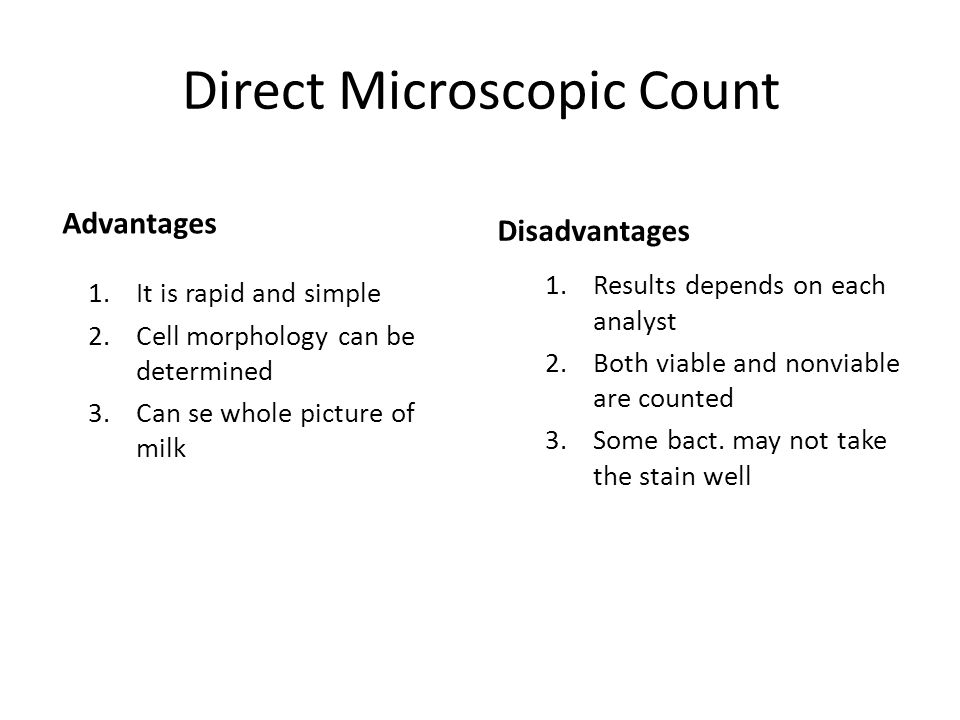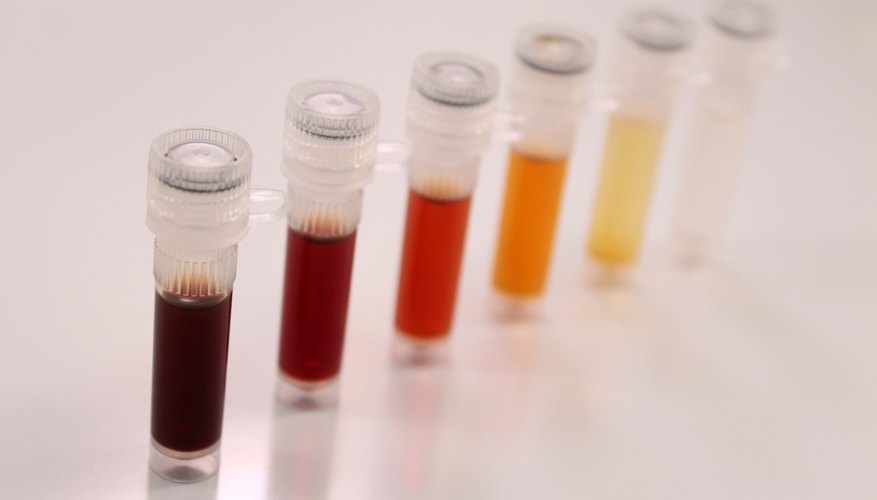What Are Some Advantages And Disadvantages Of The Serial Dilution Agar Plate Te
Advantages And Disadvantages Of The Serial Dilution Agar Plate Technique Rating: 3,8/5 3951 reviews The number of microorganisms present in the particular test sample is determined using the formula: CFU/mL= CFU * dilution factor * 1/aliquot For accurate counts, the optimum count should be within the range of 30-300 colonies/plate.
Advantages of 'Serial Dilutions' This section is not a recipe for your experiment. Download winbox loader password hack software. It explains some principles for designing dilutions that give optimal results. Once you understand these principles, you will be better able to design the dilutions you need for each specific case. Often in experimental work, you need to cover a range of concentrations, so you need to make a bunch of different dilutions. For example, you need to do such dilutions of the standard IgG to make the standard curve in ELISA, and then again for the unknown samples in ELISA. You might think it would be good to dilute 1/2, 1/3, 1/10, 1/100.
These seem like nice numbers. There are two problems with this series of dilutions. • The dilutions are unnecessarily complicated to make. You need to do a different calculation, and measure different volumes, for each one. It takes a long time, and it is too easy to make a mistake.

• The dilutions cover the range from 1/2 to 1/100 unevenly. In fact, the 1/2 vs.
1/3 dilutions differ by only 1.5-fold in concentration, while the 1/10 vs. 1/100 dilutions differ by ten-fold.
If you are going to measure results for four dilutions, it is a waste of time and materials to make two of them almost the same. And what if the half-maximal signal occurs between 1/10 and 1/100? You won't be able to tell exactly where it is because of the big space between those two. Serial dilutions are much easier to make and they cover the range evenly. Serial dilutions are made by making the same dilution step over and over, using the previous dilution as the input to the next dilution in each step.
Since the dilution-fold is the same in each step, the dilutions are a geometric series (constant ratio between any adjacent dilutions). For example: 1/3, 1/9, 1/27, 1/81 Notice that each dilution is three-fold relative to the previous one. In four dilutions, we have covered a range of 181/3 = 60-fold. If that isn't enough range, consider a series of five-fold dilutions: 1/5, 1/25, 1/125, 1/625 Here we've covered a (625/5) = 125-fold range.

No matter where the half-max falls in a series of 5-fold dilutions, it is no more than 2.2-fold ('middle' [square root] of a 5-fold step) away from a data point -- so the coverage of the range is thorough and even. When you need to cover several factors of ten (several 'orders of magnitude') with a series of dilutions, it usually makes the most sense to plot the dilutions (relative concentrations) on a logarithmic scale. This avoids bunching most of the points up at one end and having just the last point way far down the scale. Before making serial dilutions, you need to make rough estimates of the concentrations in your unknowns, and your uncertainty in those estimates. For example, if A 280 says you have 7.0 mg total protein/ml, and you think the protein could be anywhere between 10% and 100% pure, then your assay needs to be able to see anything between 0.7 and 7 mg/ml.